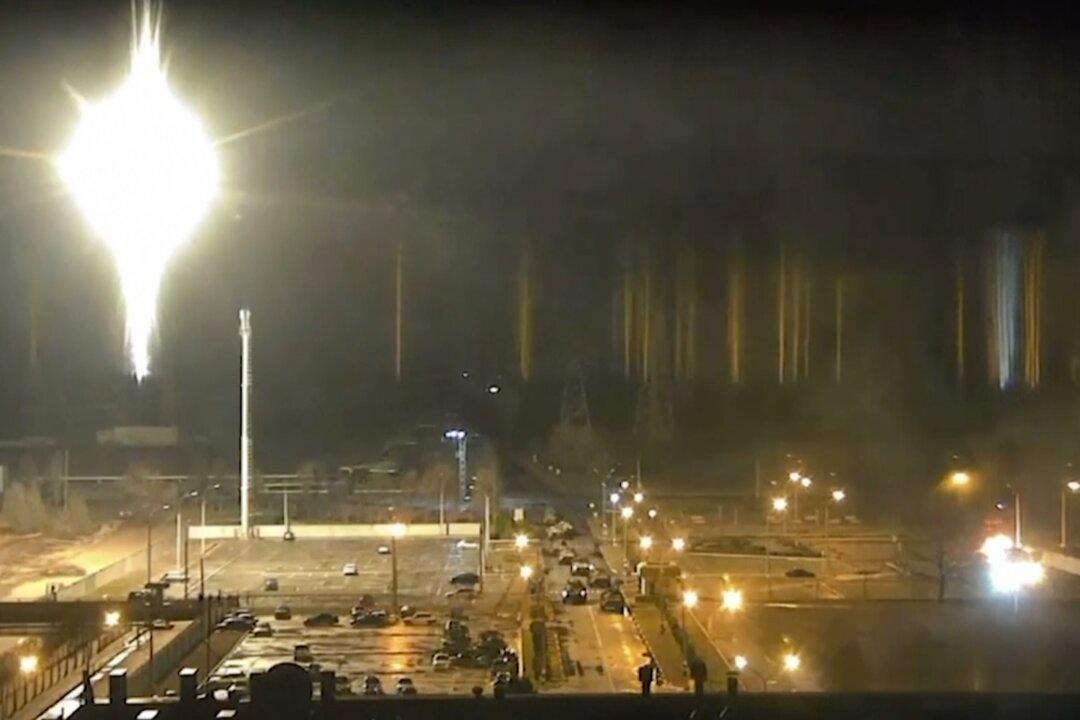Russian forces on Friday seized the Zaporizhzhia nuclear power plant—Europe’s and Ukraine’s largest nuclear power station—in southeastern Ukraine, the regional state administration said, following what officials said was shelling that caused a temporary fire at the site earlier in the day.
The plant is located in Enerhodar, a city on the Dnieper River. It houses six nuclear reactors and accounts for one-quarter of Ukraine’s power generation. Ukraine has four nuclear plants with a total of 15 reactors.




